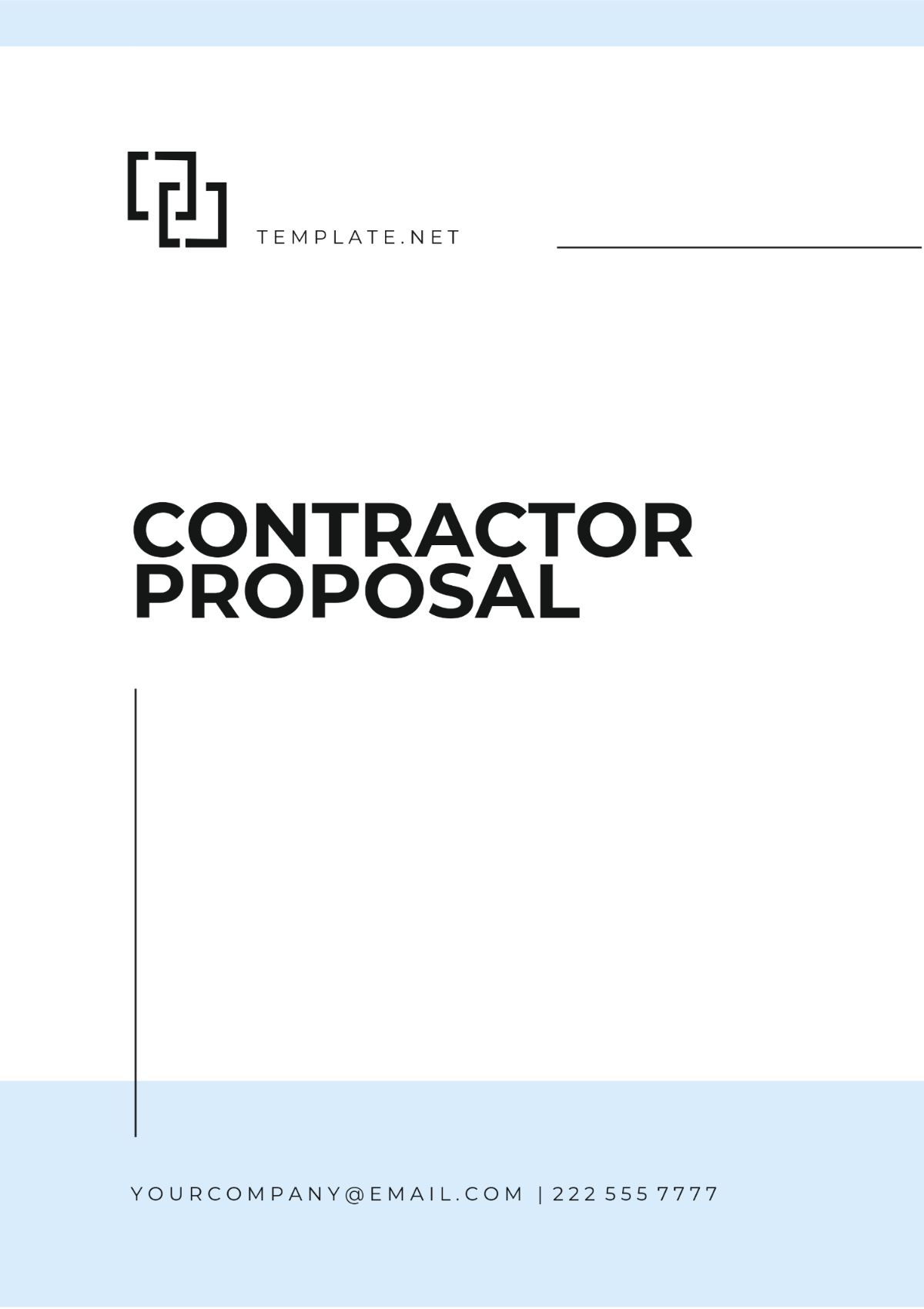Free PPE Acquisition Proposal
Introducing the PPE Acquisition Proposal Template from Template.net. This editable and customizable template streamlines your procurement process. Crafted to perfection, it's editable in our Ai Editor Tool, ensuring efficiency and precision. Elevate your PPE acquisition strategy effortlessly with this essential tool. Get yours now and make procurement seamless.






























